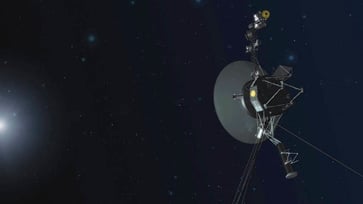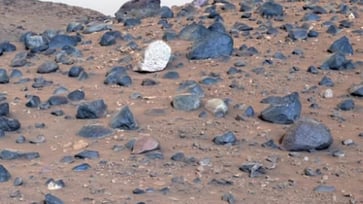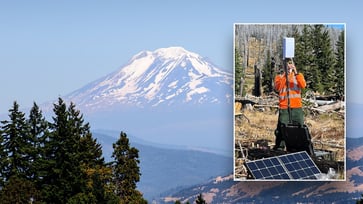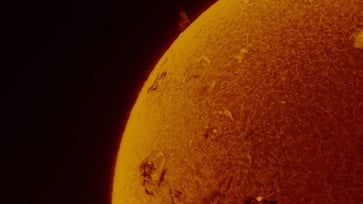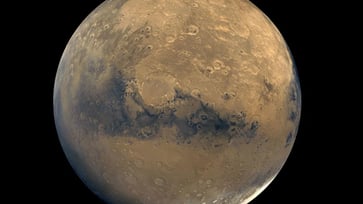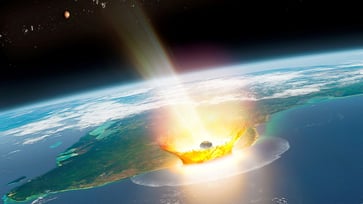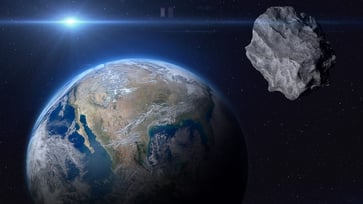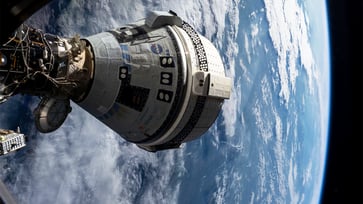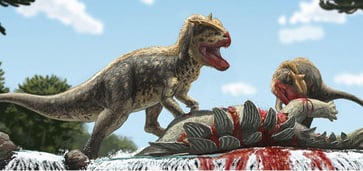A Mars study suggests that the amount of water beneath the red planet's surface could be in miles.
NASA's Mars InSight rover captured seismic data before shutting down, which was used in a new study.
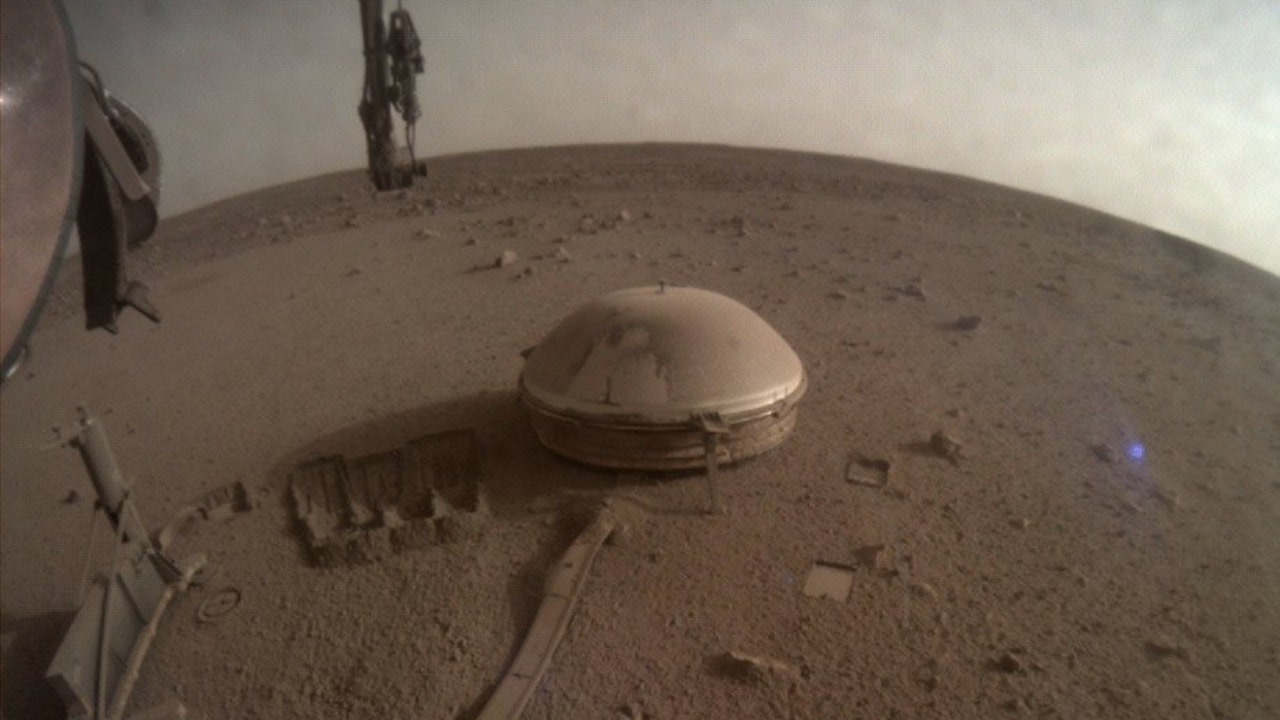
Recent studies indicate that Mars may possess sufficient water beneath its surface to create a worldwide ocean.
Scientists released their findings based on seismic measurements from NASA's Mars InSight rover, which detected over 1,300 marsquakes before shutting down two years ago.
It is speculated that the water on Mars could be concealed in the crevices of rocks, potentially lying between seven and 12 miles beneath the Martian surface.
According to Vashan Wright of the University of California San Diego's Scripps Institution of Oceanography, the water on Mars may have seeped from the surface billions of years ago when the planet had rivers, lakes, and possibly oceans.

According to Wright, the presence of water beneath Mars' crust does not guarantee the existence of life.
He informed the AP via email that our research indicates the existence of potentially habitable environments.
To determine the most likely explanation for the underground water, Wright's team utilized computer models and data from Insight, specifically the velocity of the quakes.

On Monday, the Proceedings of the National Academy of Sciences published the team's results.
If InSight's location near Mars' equator is indicative of the planet's water distribution, there would be enough water underground to create a global ocean with a depth of approximately one mile.
To confirm the potential of life and the presence of water in the planet's crust, scientists must drill down deeply enough.
Over 3 billion years ago, Mars is thought to have had large amounts of water on its surface. Scientists believe that the water either seeped into the ground or was lost to space.
As the planet's atmosphere thinned, the water is believed to have vanished, resulting in a dry and dusty world.
The Associated Press contributed to this report.
science
You might also like
- Lunar modules from the first two moon landings have been captured in stunning detail by Orbiter photos, more than 50 years after the historic missions.
- Discovery of a remarkable mastodon jaw in a New York homeowner's backyard
- NASA resumes communication with Interstellar Voyager 1 after pause.
- In 2055, the asteroid that was once referred to as Earth's "mini moon" will make a return visit.
- A new species of sea slug that resides in the ocean's 'midnight zone' has been discovered with a glowing appearance.
